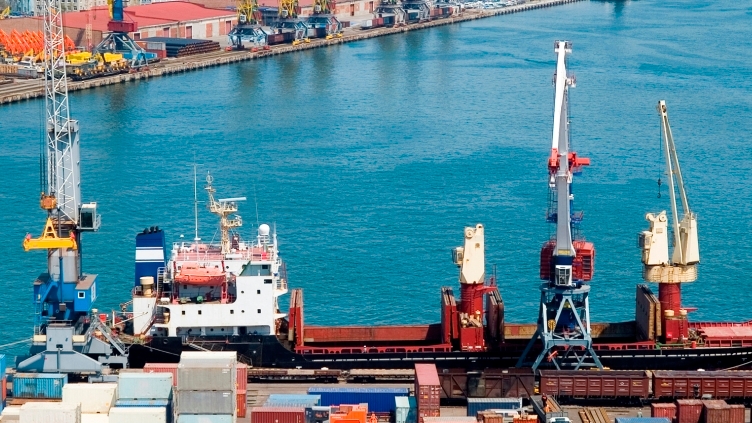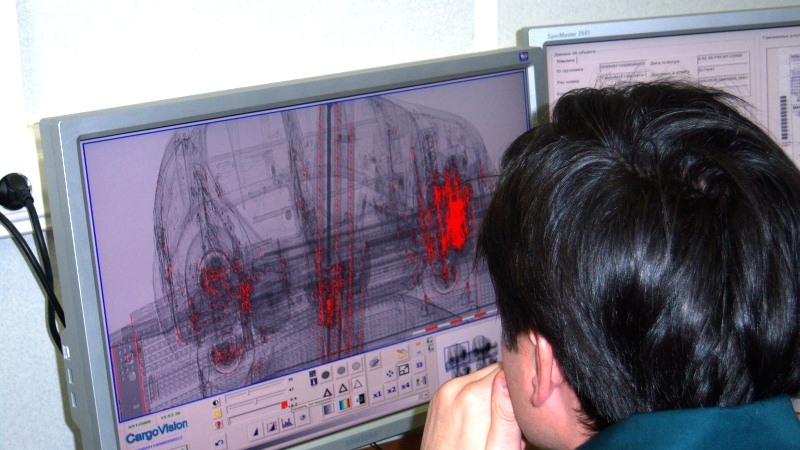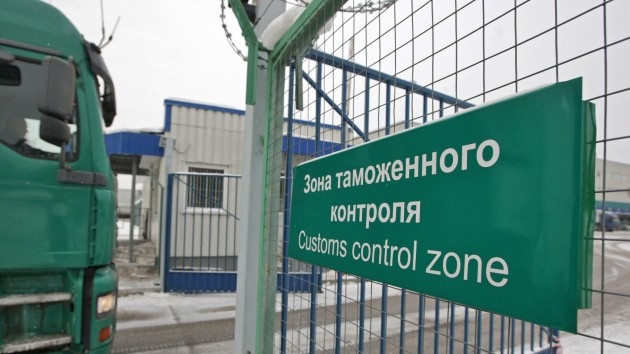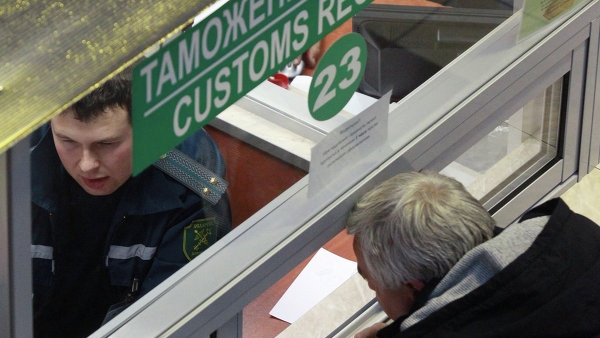Bank Group Contribution
The project was financed by an International Bank for Reconstruction and Development (IBRD) loan of US$140 million.
Partners
Partnership with the World Customs Organization continued throughout the CDP. The project facilitated the Russian Federation’s entry into the World Trade Organization and a partnership with Finland (on behalf of the EU, as Finland was then the only EU member state sharing a common border with Russia) to modernize Russian customs procedures and administration. A US$0.7 million Bank-administered Trust Fund was established by Finland to support customs modernization. The World Bank also facilitated partnerships between Russian customs agents and their counterparts in India, South Korea and other countries on risk assessment and IT-enabled services.
Moving Forward
Russia’s customs administration is now integrating legal changes into its operations, including enhancements to project-supported information systems. Project-established institutional capacity gains provide the basis for pursuing long-term strategic goals, including the 2020 Customs Strategy, adopted in 2012, which comprises nine initiatives that build directly on project activities: customs regulations, effective implementation of fiscal functions, customs infrastructure, IT support, law enforcement and anti-corruption, international cooperation, institutional development, human resources, and social development. Project gains are likely to be sustained, and follow-on support to expand IT-enabled services and strengthen integrity is currently being explored by the World Bank and Russian customs teams.
Beneficiaries
Customs clients from Russia and its trading partners have benefited from the CDP, for example, through reduced compliance costs, a lower burden of formal and informal payments, a greater predictability of the application of laws, and fewer inconsistencies between different laws and regulations, all resulting in higher compliance rates. Two stakeholder surveys commissioned by the Federal Customs Service in 2006 and 2009 revealed the positive impact of reforms: in 2009, 61 percent of respondents stated that modernization had simplified procedures, up from 50 percent in 2006.





